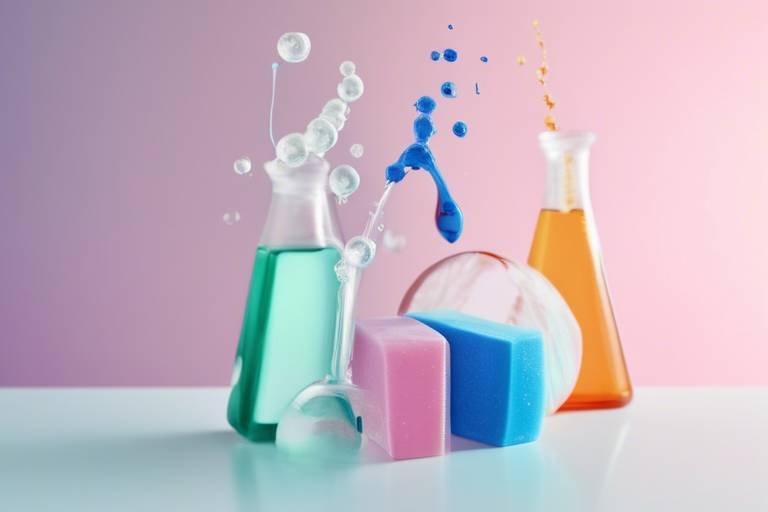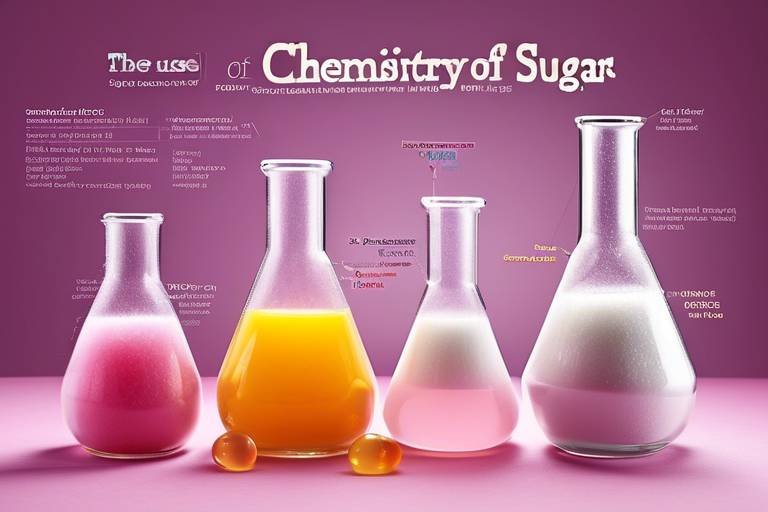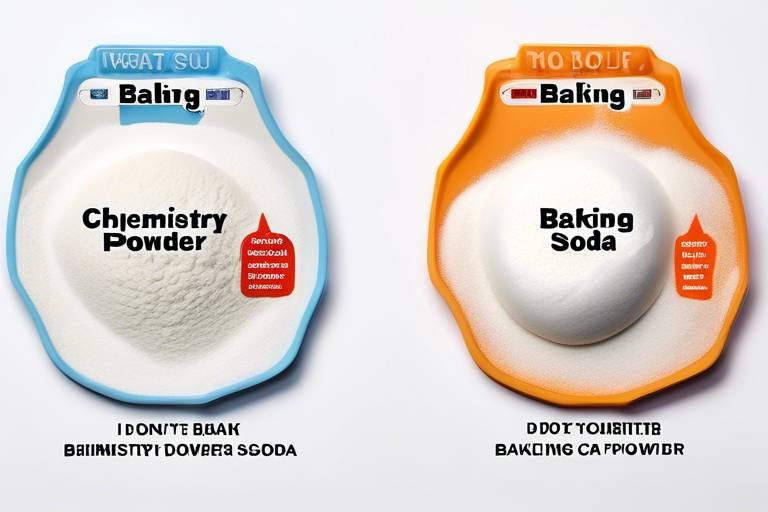The Biology of Bacteria - Beneficial vs. Harmful Types
Bacteria are truly fascinating organisms that inhabit every corner of our planet, from the depths of the ocean to the soil beneath our feet, and even within our own bodies. These single-celled microorganisms are often misunderstood, seen primarily as agents of disease or decay. However, the reality is much more complex and intriguing. Bacteria play a myriad of roles that are essential for the health of ecosystems, human beings, and industries alike. In this article, we will explore the dual nature of bacteria, highlighting both their beneficial and harmful types, and uncovering the significant impact they have on our lives. Understanding these tiny yet powerful organisms can reshape our perspective on health, the environment, and even the future of technology.
To appreciate the role of bacteria, it’s important to first understand what they are. Bacteria are prokaryotic cells, meaning they lack a nucleus and membrane-bound organelles. They typically range from 0.5 to 5 micrometers in size and can be classified into various shapes such as cocci (spherical), bacilli (rod-shaped), and spirilla (spiral). These microorganisms thrive in diverse environments, adapting to extreme conditions that would be inhospitable to most life forms. Their ability to metabolize a wide range of substances enables them to play critical roles in processes such as decomposition, nutrient cycling, and even nitrogen fixation, which is vital for plant growth. Without bacteria, ecosystems would collapse, as they are essential for recycling organic matter and maintaining soil health.
Not all bacteria are harmful; in fact, many are incredibly beneficial. These good bacteria contribute positively to our health, the environment, and various industries. For instance, in our digestive systems, beneficial bacteria help break down food, making nutrients more accessible to our bodies. They also play a key role in synthesizing vitamins and protecting us from harmful pathogens. Understanding the positive impacts of bacteria can enhance our appreciation for these often-misunderstood organisms. From digestion to environmental sustainability, beneficial bacteria are our allies in many aspects of life.
Have you ever heard of probiotics? These are live beneficial bacteria that can significantly contribute to gut health. Probiotics are found in various foods and supplements, and they work by maintaining a balanced microbiome, which is crucial for overall well-being. A healthy gut can influence everything from digestion to immune function, and even mental health. Sources of probiotics include fermented foods like yogurt, kefir, and sauerkraut. By incorporating these into our diets, we can support our gut flora and promote a healthier lifestyle.
Speaking of probiotics, let’s dive deeper into fermented foods. These foods are not just trendy; they are rich in beneficial bacteria that can enhance our health. For example, yogurt is packed with live cultures that aid digestion and boost the immune system. Similarly, kimchi, a staple in Korean cuisine, is loaded with vitamins and probiotics that promote gut health. Other examples include kombucha, miso, and tempeh. By enjoying these foods, we not only tantalize our taste buds but also invest in our health.
Beyond personal health, bacteria also play a crucial role in environmental processes. They are key players in nutrient cycling and waste decomposition. For instance, bacteria break down organic matter, returning essential nutrients to the soil, which supports plant growth. This process is vital for maintaining ecosystem balance and promoting sustainability. Moreover, certain bacteria can even help in bioremediation, where they are used to clean up contaminated environments, such as oil spills. Their ability to thrive in harsh conditions makes them invaluable in efforts to restore ecological health.
In the realm of industry, bacteria are not just passive players; they are actively utilized in various innovative applications. From agriculture to biotechnology, these microorganisms are paving the way for sustainable development. For example, bacteria can be used to create biopesticides that reduce reliance on chemical pesticides, promoting a healthier ecosystem. Additionally, they are instrumental in producing biofuels, which offer a renewable energy source that can help combat climate change. The potential of bacteria in industry is vast, and ongoing research continues to unlock new possibilities.
While many bacteria are beneficial, it’s crucial to recognize that some are harmful. Pathogenic bacteria can cause diseases in humans, animals, and plants, leading to significant health concerns. Understanding these threats is essential for public health and safety.
Some bacteria are notorious for their pathogenicity. For instance, Escherichia coli (E. coli) is famous for causing foodborne illnesses, while Staphylococcus aureus can lead to skin infections and more severe conditions. The transmission of these harmful bacteria can occur through contaminated food, water, or direct contact. Raising awareness about these pathogens is vital in preventing outbreaks and protecting public health.
One of the most pressing issues related to harmful bacteria is antibiotic resistance. This phenomenon occurs when bacteria evolve and develop the ability to resist the effects of antibiotics, rendering common treatments ineffective. The implications of antibiotic resistance are profound, as it poses significant challenges for healthcare providers. Understanding the mechanisms behind resistance and adopting strategies to combat this global health challenge is crucial for safeguarding our health.
- What are the main differences between beneficial and harmful bacteria? Beneficial bacteria aid in digestion, nutrient cycling, and environmental health, while harmful bacteria can cause diseases and infections.
- How can I incorporate more beneficial bacteria into my diet? You can consume fermented foods like yogurt, kefir, sauerkraut, and kimchi to increase your intake of probiotics.
- What should I do if I suspect a bacterial infection? It’s important to consult a healthcare professional for diagnosis and appropriate treatment.
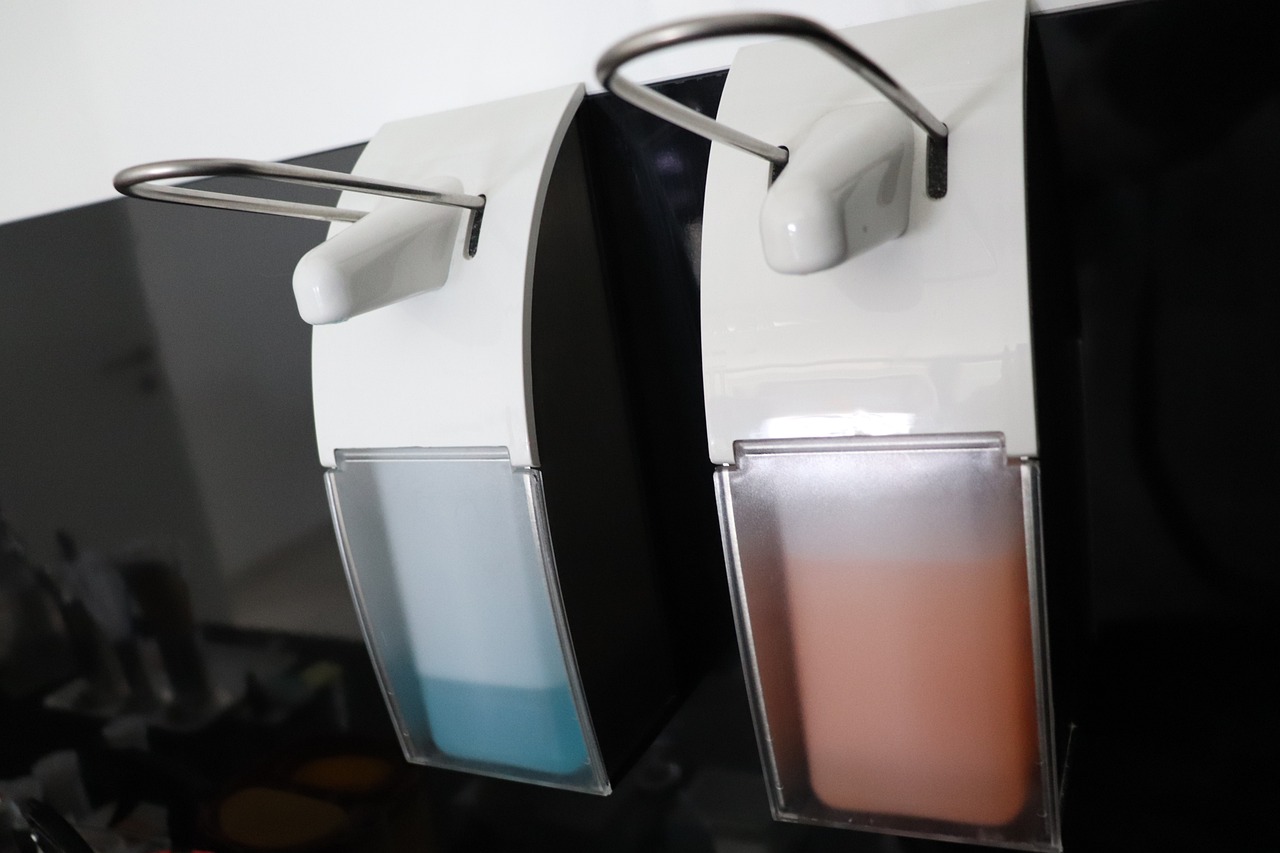
Understanding Bacteria
Bacteria are single-celled microorganisms that thrive in a multitude of environments, from the depths of the ocean to the insides of our bodies. These tiny organisms, often invisible to the naked eye, play a crucial role in our world. To truly appreciate their significance, it's essential to understand their structure, classification, and the diverse roles they fulfill in nature.
Structurally, bacteria are relatively simple compared to more complex organisms. They lack a nucleus and other membrane-bound organelles, which places them in the category of prokaryotes. Their genetic material is typically a single circular strand of DNA, and they often contain plasmids, which are small DNA molecules that can carry additional genes. The outer structure of a bacterium is composed of a cell wall, which provides shape and protection, and a cell membrane that regulates what enters and exits the cell. This simplicity allows bacteria to reproduce rapidly, often doubling their numbers in just 20 minutes under optimal conditions.
Bacteria can be classified in various ways, but one of the most common methods is based on their shape. There are three primary shapes:
- Cocci: Spherical bacteria
- Bacilli: Rod-shaped bacteria
- Spirilla: Spiral-shaped bacteria
Beyond shape, bacteria can also be categorized based on their metabolic processes. Some bacteria are autotrophic, meaning they can produce their own food, while others are heterotrophic, relying on organic compounds from their environment. This distinction is crucial as it influences their roles in various ecosystems. For instance, autotrophic bacteria are essential in processes like photosynthesis and nitrogen fixation, which are vital for plant growth and soil health.
The roles of bacteria in ecosystems are incredibly diverse. They are key players in decomposition, breaking down dead organic matter and recycling nutrients back into the soil. This process is essential for maintaining soil fertility and supporting plant life. Additionally, bacteria are involved in nutrient cycling, such as the nitrogen cycle, where they convert atmospheric nitrogen into forms that plants can absorb and utilize.
Interestingly, not all bacteria are harmful; in fact, many are beneficial and essential for life. They assist in processes such as digestion in humans, where they help break down food and synthesize vitamins. The relationship between humans and bacteria is a perfect example of symbiosis, where both parties benefit from the interaction.
In summary, understanding bacteria is not just about recognizing these microorganisms as mere pathogens. Instead, it's about appreciating their complexity and the vital roles they play in our ecosystems, health, and industry. As we continue to explore the world of bacteria, we uncover more about how these tiny organisms impact our lives in both beneficial and harmful ways.
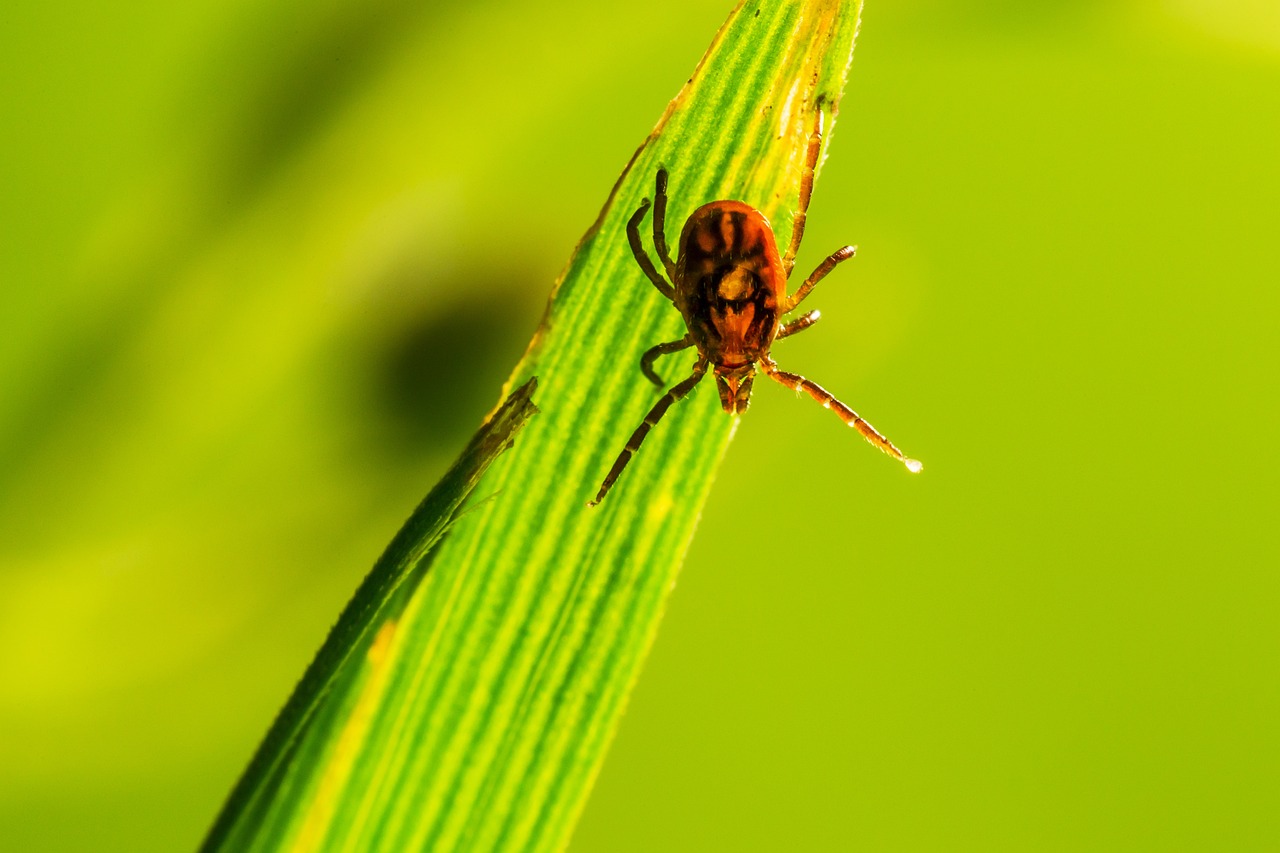
Beneficial Bacteria
Bacteria often get a bad rap, but did you know that many of them are actually our allies? play a crucial role in various processes that benefit our health, environment, and even our economy. They are like tiny superheroes, working behind the scenes to keep things running smoothly. From aiding in digestion to helping produce our favorite foods, these microorganisms are essential for life as we know it.
One of the most fascinating aspects of beneficial bacteria is their role in our digestive system. Probiotics, which are live beneficial bacteria, are known to enhance gut health. They help break down food, absorb nutrients, and even fend off harmful bacteria. Imagine your gut as a bustling city; probiotics act as the traffic cops, ensuring everything flows smoothly. Without them, you might experience traffic jams—otherwise known as digestive issues!
Probiotics can be found in various sources, such as supplements and fermented foods. They are essential for maintaining a balanced microbiome, which is crucial for overall well-being. A healthy microbiome can influence everything from your mood to your immune system. It’s like having a personal army of bacteria that protects you against invaders.
Speaking of food, fermented foods are a treasure trove of beneficial bacteria. Think about your favorite fermented delicacies like yogurt, kimchi, and sauerkraut. These foods are not just tasty; they are packed with probiotics that contribute to improved digestion and immune support. For example, yogurt contains live cultures that can help replenish the good bacteria in your gut, making it a delicious way to enhance your health.
| Fermented Food | Probiotic Benefits |
|---|---|
| Yogurt | Improves digestion and boosts the immune system |
| Kimchi | Rich in vitamins and promotes gut health |
| Sauerkraut | Supports digestive health and enhances nutrient absorption |
But the benefits of bacteria don’t stop at our dinner plates. They also play a pivotal role in environmental processes. For instance, beneficial bacteria are key players in nutrient cycling and waste decomposition. They break down organic matter, returning essential nutrients to the soil, which helps plants grow. This natural recycling system is vital for maintaining ecosystem balance and promoting sustainability. Without these microorganisms, our environment would struggle to thrive, much like a garden without water.
In addition to their roles in health and the environment, bacteria are making waves in various industries. For example, in agriculture, certain bacteria are used as biopesticides, helping to control pests without harming the environment. In biotechnology, bacteria can be engineered to produce biofuels, offering sustainable energy solutions. It's incredible to think that these microscopic organisms hold the keys to innovative advancements in sustainability and technology!
In conclusion, beneficial bacteria are not just tiny organisms; they are essential partners in our health, environment, and industry. By understanding their roles, we can appreciate their contributions and harness their power for a better future. So, the next time you hear someone talk about bacteria, remember that some of them are on our side, working tirelessly to make our lives better.
- What are probiotics? Probiotics are live beneficial bacteria that contribute to gut health and overall well-being.
- How can I include beneficial bacteria in my diet? You can consume probiotics through fermented foods like yogurt, kimchi, and sauerkraut, or through supplements.
- Are all bacteria harmful? No, many bacteria are beneficial and play essential roles in health, the environment, and industry.
- How do beneficial bacteria affect the environment? Beneficial bacteria aid in nutrient cycling and waste decomposition, helping to maintain ecosystem balance.
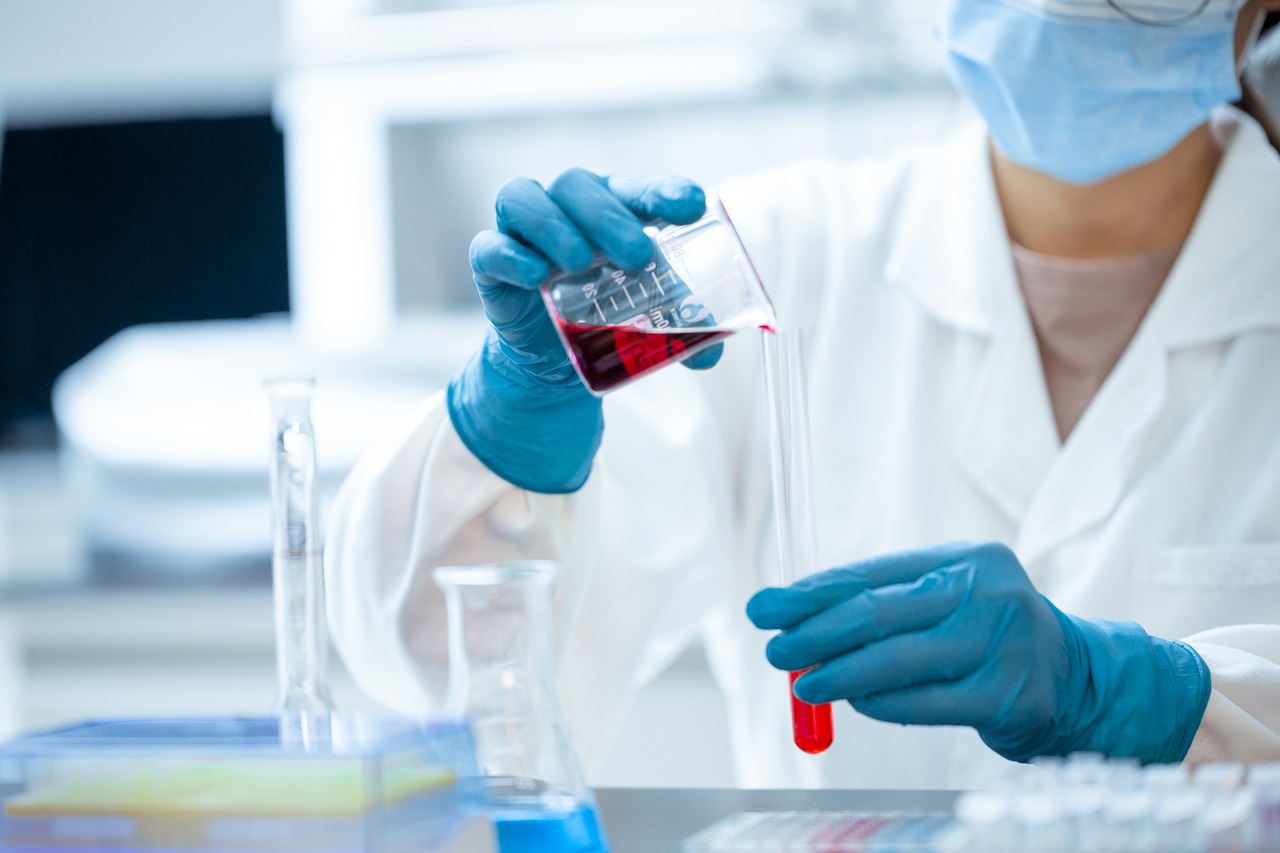
Probiotics and Human Health
Probiotics are often hailed as the "good guys" in the world of bacteria, and for good reason! These live microorganisms offer a myriad of health benefits, particularly when it comes to our digestive systems. Imagine your gut as a bustling city; probiotics are like the friendly neighbors who help keep everything running smoothly. They work tirelessly to maintain a balanced microbiome, which is crucial for overall well-being. But how exactly do they function, and why should we care?
First off, probiotics help break down food, making it easier for our bodies to absorb nutrients. They also play a vital role in producing essential vitamins, such as B vitamins and vitamin K. This is not just about digestion; it’s about optimizing our health from the inside out! When we consume probiotics, we are essentially inviting these beneficial bacteria to join the party in our gut. They help crowd out harmful bacteria and pathogens, which can lead to various health issues.
So, where can we find these amazing probiotics? They are commonly found in fermented foods. Think of foods like:
- Yogurt: A popular source, often containing live cultures.
- Kimchi: A spicy Korean dish made from fermented vegetables.
- Kefir: A tangy drink made from fermented milk.
- Sauerkraut: Fermented cabbage that adds a zesty kick to meals.
Incorporating these foods into your diet can significantly boost your intake of probiotics. But it’s not just about what we eat; our lifestyle choices also impact our gut health. Stress, lack of sleep, and poor diet can disrupt the balance of our microbiome, making it essential to adopt healthy habits. This is where probiotics come in, acting as a buffer against these lifestyle stressors.
Moreover, research has shown that probiotics can have a positive impact on mental health as well. The gut-brain connection is a fascinating area of study, with evidence suggesting that a healthy gut can lead to improved mood and cognitive function. It’s almost like our gut is communicating with our brain, sending signals that can influence how we feel. Isn’t it amazing how interconnected our body systems are?
Ultimately, understanding the role of probiotics in our health can enhance our appreciation for these often-misunderstood organisms. They are not just a trend; they are a crucial component of our health and wellness. By embracing probiotics, we can take proactive steps toward a healthier lifestyle, ensuring that our gut city remains vibrant and thriving.
1. What are probiotics?
Probiotics are live microorganisms that provide health benefits when consumed, particularly for gut health.
2. How do probiotics work?
They help balance the gut microbiome by crowding out harmful bacteria and supporting digestion and nutrient absorption.
3. Can I get enough probiotics from my diet?
Yes, consuming fermented foods like yogurt, kimchi, and kefir can provide a good source of probiotics.
4. Are there any side effects of taking probiotics?
Generally, probiotics are safe for most people, but some may experience mild digestive discomfort initially.
5. How can I maintain a healthy gut microbiome?
In addition to consuming probiotics, maintaining a balanced diet, managing stress, and getting enough sleep are crucial.
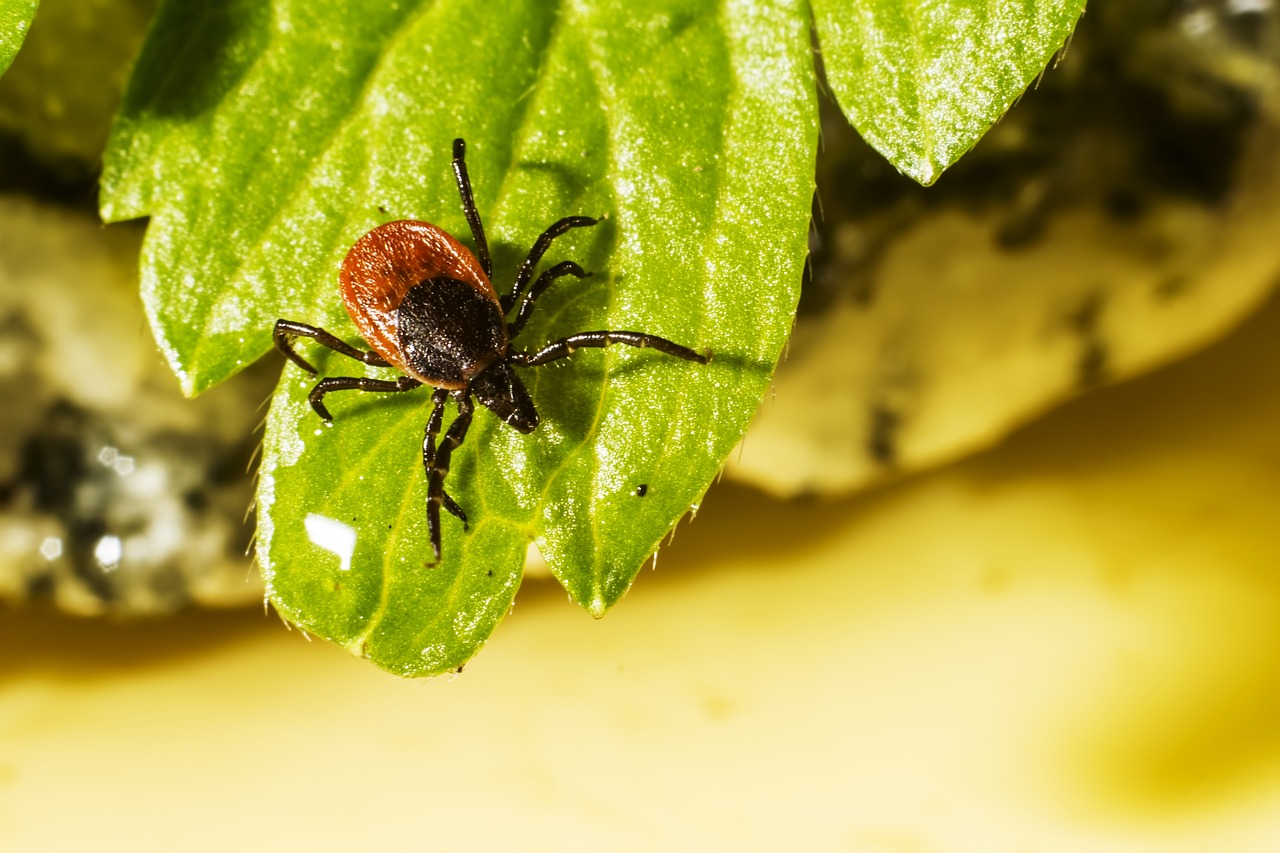
Fermented Foods
When you think about , what comes to mind? Perhaps the tangy taste of yogurt, the crunch of kimchi, or the unique flavor of sauerkraut? These foods aren't just culinary delights; they're also powerhouses of beneficial bacteria that play a crucial role in our health. Fermentation is a natural process where microorganisms like bacteria and yeast convert sugars into acids, gases, or alcohol. This process not only preserves food but also enhances its nutritional value and flavor.
One of the most celebrated benefits of fermented foods is their ability to improve digestion. The live cultures in these foods help break down food more efficiently, making it easier for our bodies to absorb nutrients. Imagine your gut as a bustling city; the probiotics from fermented foods are like friendly traffic officers, guiding everything smoothly and preventing congestion. This is particularly important because a healthy gut contributes to a robust immune system, which is our body's first line of defense against pathogens.
So, what are some popular fermented foods that you can incorporate into your diet? Here are a few examples:
- Yogurt: Packed with probiotics, yogurt is not only delicious but also supports gut health.
- Kimchi: A traditional Korean dish made from fermented vegetables, kimchi is rich in vitamins and has been linked to various health benefits.
- Sauerkraut: Fermented cabbage that adds a tangy flavor to dishes while providing a good source of probiotics.
- Kefir: A fermented dairy product that is even richer in probiotics than yogurt, kefir can be consumed as a drink or added to smoothies.
But the benefits of fermented foods go beyond just digestive health. They also play a significant role in boosting the immune system. The probiotics found in these foods can help regulate the gut microbiome, which is crucial for maintaining a balanced immune response. Studies have shown that individuals who consume fermented foods regularly tend to have a lower incidence of infections and illnesses.
Moreover, fermented foods are often easier to digest for those who are lactose intolerant. For instance, the fermentation process breaks down lactose in dairy products, making yogurt and kefir more tolerable for people with lactose sensitivity. This means you can still enjoy the creamy goodness of dairy without the uncomfortable side effects!
In addition to their health benefits, fermented foods also contribute to sustainability. They often require less energy to produce compared to other food preservation methods, and they help reduce food waste by allowing us to enjoy foods that might otherwise spoil. It's a win-win situation for both our health and the planet.
In summary, incorporating fermented foods into your diet can be a delightful way to enhance your health. They not only provide a rich source of probiotics but also offer a range of flavors that can elevate your meals. So, the next time you’re at the grocery store, consider picking up some yogurt or kimchi. Your gut will thank you!
Q: What are fermented foods?
A: Fermented foods are foods that have undergone a process of fermentation, where microorganisms like bacteria and yeast convert sugars into acids, gases, or alcohol, enhancing their flavor and nutritional value.
Q: Can fermented foods help with digestion?
A: Yes! Fermented foods contain probiotics that can improve digestion by breaking down food more efficiently and promoting a healthy gut microbiome.
Q: Are all fermented foods dairy-based?
A: No, fermented foods can be made from a variety of ingredients, including vegetables (like kimchi and sauerkraut), grains (like sourdough bread), and even fruits (like fermented fruit drinks).
Q: How often should I consume fermented foods?
A: While there’s no strict guideline, incorporating a serving of fermented foods into your daily diet can be beneficial for gut health and overall well-being.
Q: Can I make fermented foods at home?
A: Absolutely! Many fermented foods, such as yogurt, sauerkraut, and kombucha, can be easily made at home with the right ingredients and tools.
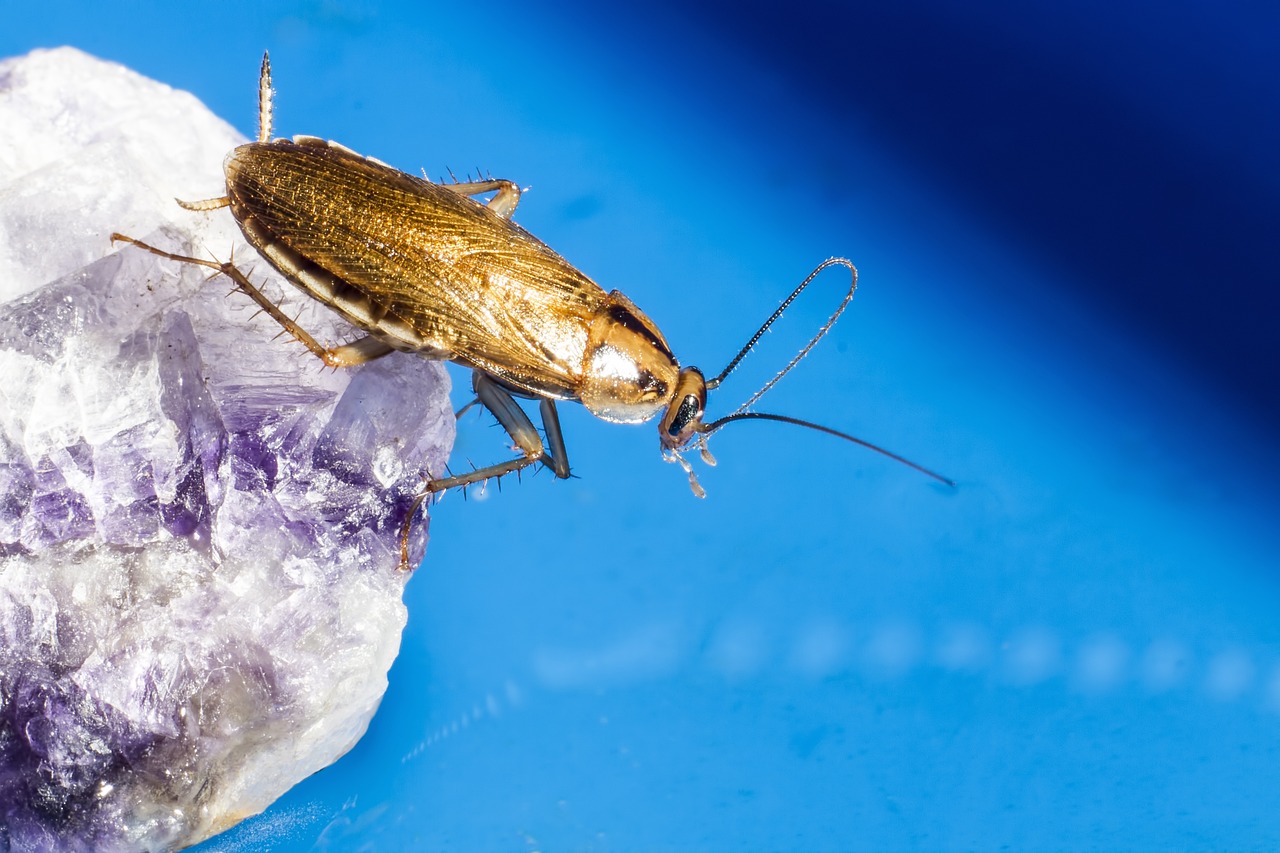
Environmental Benefits
Bacteria may often get a bad rap, but they are, in fact, the unsung heroes of our ecosystems. These microscopic organisms play a pivotal role in maintaining the balance of our environment. From nutrient cycling to waste decomposition, bacteria are essential for sustaining life on Earth. Imagine a world without bacteria; it would be a barren landscape, devoid of the rich soil that supports our crops and the clean water we depend on. It's fascinating to think about how these tiny entities contribute to the larger picture of environmental health.
One of the most significant environmental benefits of bacteria is their role in nutrient cycling. Bacteria break down organic matter, returning vital nutrients to the soil. This process not only enriches the soil but also supports plant growth, which is crucial for food production. In fact, without bacteria, the decomposition of dead organisms would take much longer, leading to nutrient depletion and a decline in soil fertility. Here’s a quick look at how bacteria contribute to nutrient cycling:
| Process | Description |
|---|---|
| Decomposition | Bacteria break down dead organic matter into simpler substances, releasing nutrients back into the soil. |
| Nitrogen Fixation | Certain bacteria convert atmospheric nitrogen into forms that plants can absorb, essential for their growth. |
| Bioremediation | Bacteria can break down pollutants and toxins, cleaning up contaminated environments and restoring ecological balance. |
Moreover, bacteria are crucial in the process of bioremediation, which is the use of living organisms to remove or neutralize contaminants from a polluted area. For instance, specific strains of bacteria are employed to clean up oil spills by breaking down hydrocarbons into harmless substances. This natural process not only helps in restoring the environment but also reduces the need for chemical interventions that can be harmful in the long run. It's like having an army of tiny soldiers ready to fight pollution!
Another important aspect of bacteria's environmental benefits is their contribution to the carbon cycle. Through respiration, bacteria help decompose organic material, releasing carbon dioxide back into the atmosphere. This process is essential for regulating the Earth's climate and ensuring that carbon is continuously cycled through various forms. Without bacteria, the carbon cycle would be severely disrupted, leading to potential climate imbalances.
In addition to these processes, bacteria also play a role in the formation of soil aggregates, which enhance soil structure and health. Healthy soil is vital for agriculture, as it improves water retention and aeration, ultimately leading to better crop yields. It’s almost as if bacteria are the architects of our soil, building a robust foundation for the plants that feed us.
In conclusion, while bacteria might be tiny, their impact on the environment is monumental. By participating in nutrient cycling, bioremediation, and the carbon cycle, they help maintain the delicate balance of our ecosystems. So, the next time you think about bacteria, remember that they are not just mere germs but rather essential players in the grand tapestry of life on Earth!
- What role do bacteria play in soil health?
Bacteria help decompose organic matter, recycle nutrients, and improve soil structure, all of which are essential for healthy plant growth. - How do bacteria contribute to bioremediation?
Certain bacteria can break down harmful pollutants and toxins, making them invaluable for cleaning up contaminated environments. - Can bacteria help combat climate change?
Yes, by participating in the carbon cycle, bacteria help regulate CO2 levels in the atmosphere, which is crucial for managing climate change.
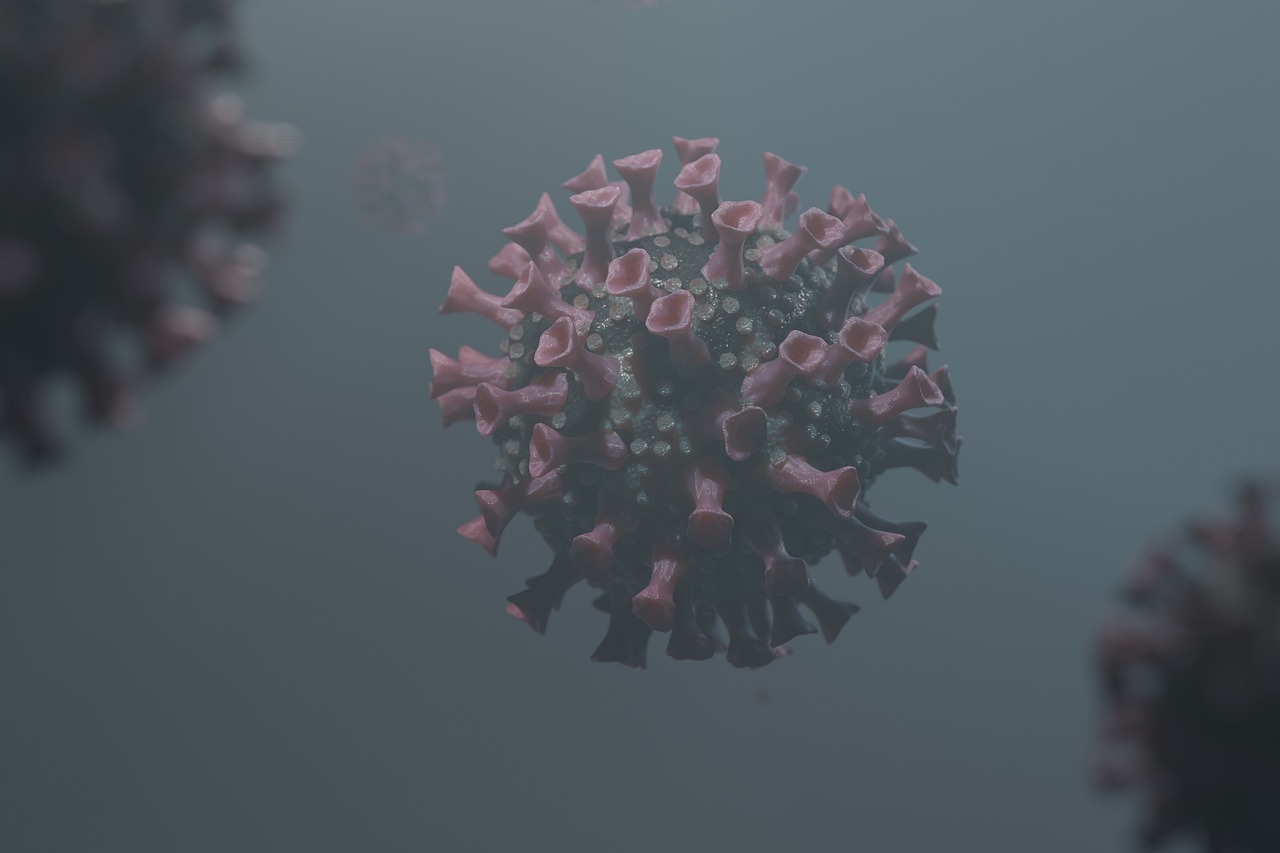
Industrial Applications
Bacteria aren't just tiny organisms lurking in the shadows; they are powerhouses of innovation in various industries. As we dive into the world of industrial applications, it's fascinating to see how these microorganisms are harnessed for sustainable development and efficiency. From agriculture to biotechnology, bacteria are making waves in ways that can transform our everyday lives.
One of the most remarkable applications of bacteria is in the field of agriculture. Farmers are increasingly turning to biopesticides, which are derived from beneficial bacteria. These natural alternatives to chemical pesticides help control pests while being less harmful to the environment. For instance, the bacterium Bacillus thuringiensis produces toxins that target specific insects, reducing the need for synthetic pesticides and promoting a healthier ecosystem.
Moreover, bacteria play a significant role in the production of biofuels. As the world grapples with the challenges of fossil fuel dependency, researchers are exploring how bacteria can help convert organic materials into renewable energy. For example, certain strains of bacteria can break down plant materials and produce ethanol or methane, which can be used as clean fuel sources. This not only helps in reducing greenhouse gas emissions but also paves the way for a more sustainable energy future.
In addition to agriculture and energy, bacteria are also revolutionizing the field of waste management. Through a process known as bioremediation, specific bacteria can break down pollutants and toxins in contaminated environments. These microorganisms can effectively clean up oil spills, heavy metals, and other hazardous waste, turning potentially harmful sites into safe, usable land. The ability of bacteria to digest complex compounds makes them invaluable in environmental restoration efforts.
To illustrate the diverse applications of bacteria in industry, consider the following table:
| Application | Description | Example Bacteria |
|---|---|---|
| Biopesticides | Natural pest control methods using bacteria. | Bacillus thuringiensis |
| Biofuels | Conversion of organic materials into renewable energy. | Clostridium acetobutylicum |
| Bioremediation | Use of bacteria to clean up environmental pollutants. | Pseudomonas aeruginosa |
As we can see, the industrial applications of bacteria are not just limited to one field but span across multiple sectors, showcasing their versatility and potential. The ongoing research and development in this area promise even more innovative uses for these microorganisms. With the right approach, bacteria can help us tackle some of the most pressing challenges of our time, from food security to environmental sustainability.
In conclusion, embracing the industrial applications of bacteria opens up a world of possibilities. By recognizing their value and potential, we can harness their power for a brighter, more sustainable future. So next time you think about bacteria, remember that these tiny organisms are not just harmful invaders; they are essential allies in our quest for innovation and sustainability.
- What are biopesticides and how do they work? Biopesticides are natural pesticides derived from microorganisms, such as bacteria, that help control pests without harming the environment.
- Can bacteria really help in producing biofuels? Yes! Certain bacteria can break down organic materials to produce renewable energy sources like ethanol and methane.
- How does bioremediation work? Bioremediation utilizes bacteria to break down and remove pollutants from contaminated environments, making them safe for use.
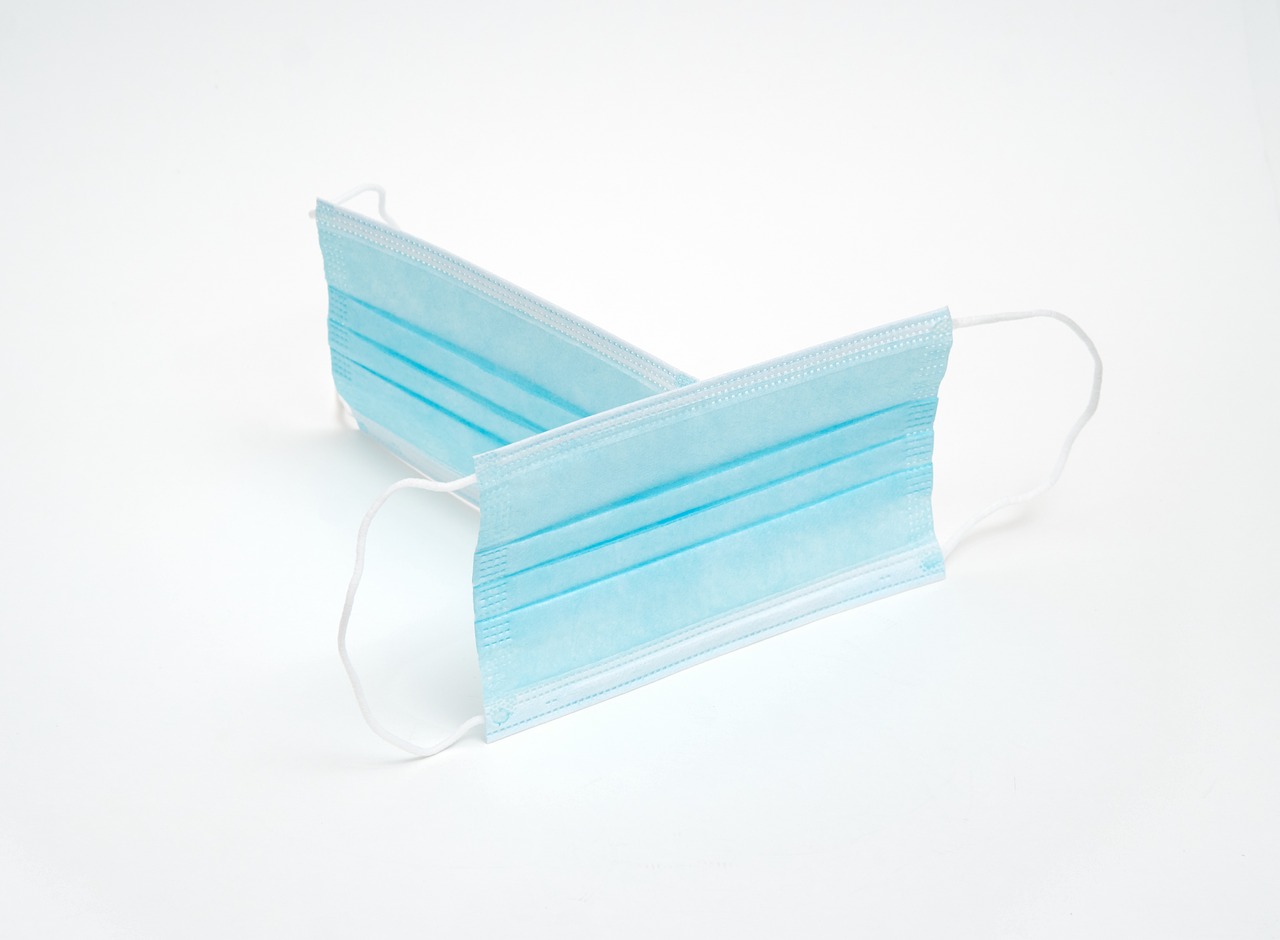
Harmful Bacteria
Bacteria, while often overlooked, can be a double-edged sword. On one hand, they play vital roles in our ecosystems and health, but on the other, certain types can wreak havoc on our bodies, animals, and even plants. Understanding the is crucial for protecting ourselves and maintaining public health. These microorganisms can lead to a variety of diseases, and their impact can be severe, ranging from mild infections to life-threatening conditions. It’s essential to recognize these threats, as awareness is the first step in prevention.
Common pathogenic bacteria include strains like Escherichia coli (E. coli), Salmonella, and Staphylococcus aureus. Each of these bacteria has its own unique characteristics and modes of transmission. For instance, E. coli is notorious for causing foodborne illnesses, often found in undercooked meat or contaminated vegetables. Similarly, Salmonella can be transmitted through raw eggs or poultry, leading to gastrointestinal distress. Understanding how these bacteria operate can help us take necessary precautions to avoid infection.
Here’s a brief overview of some common harmful bacteria:
| Bacteria | Transmission | Associated Diseases |
|---|---|---|
| Escherichia coli | Contaminated food/water | Food poisoning, kidney failure |
| Salmonella | Raw eggs, poultry | Salmonellosis |
| Staphylococcus aureus | Skin contact, contaminated food | Skin infections, food poisoning |
But the dangers of harmful bacteria don’t end with infection. Another significant concern is antibiotic resistance. This is when bacteria evolve to resist the effects of medications that once effectively killed them. It’s a growing global health crisis, fueled by the overuse and misuse of antibiotics. When antibiotics are used too often or not taken as prescribed, some bacteria can survive and adapt, leading to strains that are much harder to treat.
To combat this issue, health organizations recommend several strategies:
- Only using antibiotics when prescribed by a healthcare professional.
- Completing the full course of prescribed antibiotics, even if you feel better.
- Practicing good hygiene, such as regular handwashing, to prevent infections.
- Staying informed about vaccinations that can prevent certain bacterial infections.
By understanding the risks associated with harmful bacteria and adopting preventative measures, we can protect ourselves and our communities. Awareness and education are key components in the fight against these microscopic adversaries. Remember, while bacteria can be beneficial, it’s the harmful ones that require our vigilance and action.
Q: What are the most common symptoms of bacterial infections?
A: Symptoms can vary widely but often include fever, fatigue, localized pain, and swelling. Gastrointestinal symptoms like diarrhea and vomiting are also common, depending on the type of bacteria involved.
Q: How can I prevent bacterial infections?
A: Good hygiene practices, such as regular handwashing, cooking food thoroughly, and avoiding close contact with sick individuals, can significantly reduce the risk of infections.
Q: What should I do if I suspect a bacterial infection?
A: It's important to consult a healthcare professional for proper diagnosis and treatment. They may prescribe antibiotics or recommend other interventions based on the specific bacteria involved.

Common Pathogenic Bacteria
Bacteria are not all friendly; some can be downright dangerous. Understanding is crucial for public health. These microscopic villains can wreak havoc on our bodies, causing a range of diseases from mild to life-threatening. One of the most notorious types is Escherichia coli (E. coli), which can lead to severe gastrointestinal issues. While many strains of E. coli are harmless and even beneficial, certain pathogenic strains can cause food poisoning, leading to symptoms like severe stomach cramps, diarrhea, and vomiting.
Another infamous bacterium is Staphylococcus aureus, often found on the skin and in the noses of healthy individuals. However, when it breaches the skin barrier, it can lead to infections ranging from minor skin infections to more severe conditions like pneumonia and bloodstream infections. The real trouble arises when these strains become resistant to antibiotics, making treatment a daunting task.
Then there's Salmonella, which is commonly associated with contaminated food and water. This bacterium can cause salmonellosis, presenting symptoms like fever, abdominal cramps, and diarrhea. It's often linked to undercooked poultry, eggs, and sometimes even fruits and vegetables. The key to prevention is proper food handling and cooking practices.
To give you a clearer picture, here's a brief overview of some common pathogenic bacteria and the diseases they cause:
| Bacteria | Associated Diseases | Transmission |
|---|---|---|
| Escherichia coli (E. coli) | Food poisoning, urinary tract infections | Contaminated food/water |
| Staphylococcus aureus | Skin infections, pneumonia | Direct contact, contaminated surfaces |
| Salmonella | Salmonellosis | Undercooked food, contaminated water |
| Streptococcus pneumoniae | Pneumonia, meningitis | Respiratory droplets |
Awareness of these pathogens is just the first step. It's essential to understand how they spread and the symptoms they cause. For instance, Streptococcus pneumoniae is a leading cause of pneumonia and meningitis, transmitted through respiratory droplets. Being mindful of hygiene practices, such as handwashing and avoiding close contact with sick individuals, can significantly reduce the risk of infection.
In conclusion, while bacteria play many beneficial roles in our lives, it’s vital to recognize the harmful types that pose health risks. By staying informed about common pathogenic bacteria and their associated diseases, we can take proactive steps to protect ourselves and our communities from potential outbreaks.
- What are the symptoms of bacterial infections? Symptoms can vary widely but often include fever, fatigue, and localized pain depending on the infection.
- How can I prevent bacterial infections? Good hygiene practices, such as regular handwashing and proper food handling, are key to prevention.
- What should I do if I suspect a bacterial infection? Consult a healthcare provider for proper diagnosis and treatment.
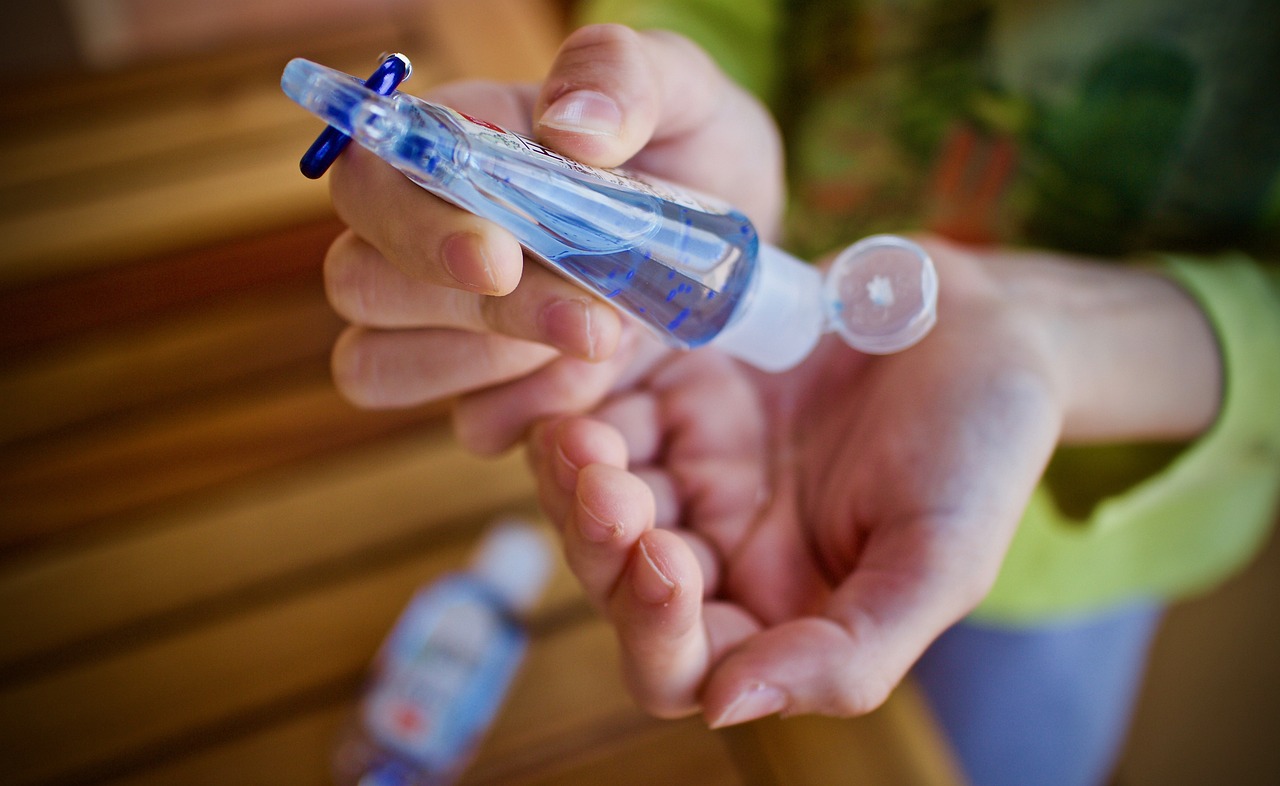
Antibiotic Resistance
Antibiotic resistance is an alarming phenomenon that has been gaining traction in recent years, and it poses a significant threat to global health. Imagine a world where common infections could once again become deadly due to the ineffectiveness of antibiotics. This is not just a dystopian nightmare; it is a reality that we are increasingly facing as harmful bacteria evolve and adapt. But what exactly is antibiotic resistance, and why should we be concerned?
At its core, antibiotic resistance occurs when bacteria change in a way that reduces or eliminates the effectiveness of drugs designed to cure or prevent infections. This can happen through various mechanisms, including genetic mutations or acquiring resistance genes from other bacteria. As a result, infections caused by these resistant strains can become difficult, if not impossible, to treat. The implications are staggering, leading to longer hospital stays, higher medical costs, and increased mortality rates.
One of the primary drivers of antibiotic resistance is the overuse and misuse of antibiotics. When antibiotics are prescribed unnecessarily, or when patients do not complete their prescribed course, it allows bacteria to survive and adapt. Additionally, the agricultural industry contributes significantly to this issue, as antibiotics are often used in livestock to promote growth and prevent disease, which can lead to the development of resistant bacteria that can be transmitted to humans.
To better understand the scope of this issue, here’s a table that outlines some of the most common bacteria associated with antibiotic resistance and the diseases they cause:
| Bacteria | Common Diseases | Resistance Mechanism |
|---|---|---|
| Staphylococcus aureus | Skin infections, pneumonia | Production of beta-lactamase |
| Escherichia coli | Urinary tract infections | Altered drug targets |
| Mycobacterium tuberculosis | Tuberculosis | Efflux pumps |
| Clostridium difficile | Severe diarrhea | Resistance to multiple antibiotics |
Combatting antibiotic resistance requires a multifaceted approach. Public health initiatives are crucial in promoting responsible antibiotic use among healthcare providers and patients alike. Education plays a vital role; when people understand the importance of taking antibiotics only when necessary and following their healthcare provider's instructions, they can help reduce the spread of resistant bacteria. Additionally, research into new antibiotics and alternative treatments is essential to stay one step ahead of these evolving organisms.
In conclusion, antibiotic resistance is a pressing issue that demands our attention. By understanding its causes and implications, we can take proactive steps to mitigate its impact. It is not just a problem for healthcare professionals; it is a challenge that requires collective action from individuals, communities, and governments worldwide.
- What causes antibiotic resistance? Antibiotic resistance is primarily caused by the overuse and misuse of antibiotics in both healthcare and agriculture, leading to the survival and adaptation of resistant bacteria.
- How can we prevent antibiotic resistance? Preventing antibiotic resistance involves using antibiotics responsibly, completing prescribed courses, and promoting research into new treatments.
- What are the consequences of antibiotic resistance? The consequences include longer hospital stays, higher medical costs, and increased mortality rates due to infections that become difficult to treat.
Frequently Asked Questions
- What are bacteria and where can they be found?
Bacteria are single-celled microorganisms that can be found almost everywhere on Earth, from the depths of the ocean to the human gut. They play crucial roles in various ecosystems, contributing to processes like decomposition, nutrient cycling, and even influencing climate.
- What are some examples of beneficial bacteria?
Beneficial bacteria include probiotics, which are found in fermented foods like yogurt, kefir, and kimchi. These bacteria aid in digestion, enhance gut health, and support the immune system. Additionally, some bacteria are used in bioremediation to clean up environmental pollutants.
- How do probiotics work in the human body?
Probiotics help maintain a balanced microbiome by competing with harmful bacteria, aiding digestion, and producing essential nutrients like vitamins. By keeping the gut flora in check, they can prevent digestive issues and bolster overall health.
- What are the dangers of harmful bacteria?
Harmful bacteria can cause a wide range of diseases in humans, animals, and plants. Some common pathogenic bacteria include E. coli, Salmonella, and Streptococcus, which can lead to food poisoning, infections, and other serious health issues.
- What is antibiotic resistance and why is it a concern?
Antibiotic resistance occurs when bacteria evolve to resist the effects of medications designed to kill them. This poses a significant public health threat as it makes common infections harder to treat, leading to longer hospital stays and increased mortality.
- How can we prevent the spread of harmful bacteria?
Preventing the spread of harmful bacteria involves practicing good hygiene, such as washing hands regularly, cooking food thoroughly, and avoiding contact with sick individuals. Vaccination and responsible antibiotic use are also key strategies in combating bacterial infections.
- What role do bacteria play in the environment?
Bacteria are essential for nutrient cycling, breaking down organic matter, and decomposing waste. They help recycle nutrients in ecosystems, making them available for plants and other organisms, thus maintaining ecological balance.
- Can bacteria be used in industrial applications?
Absolutely! Bacteria are utilized in various industries, including agriculture for biopesticides, in food production for fermentation, and in biotechnology for biofuels. Their ability to convert waste into valuable products makes them invaluable for sustainable development.



